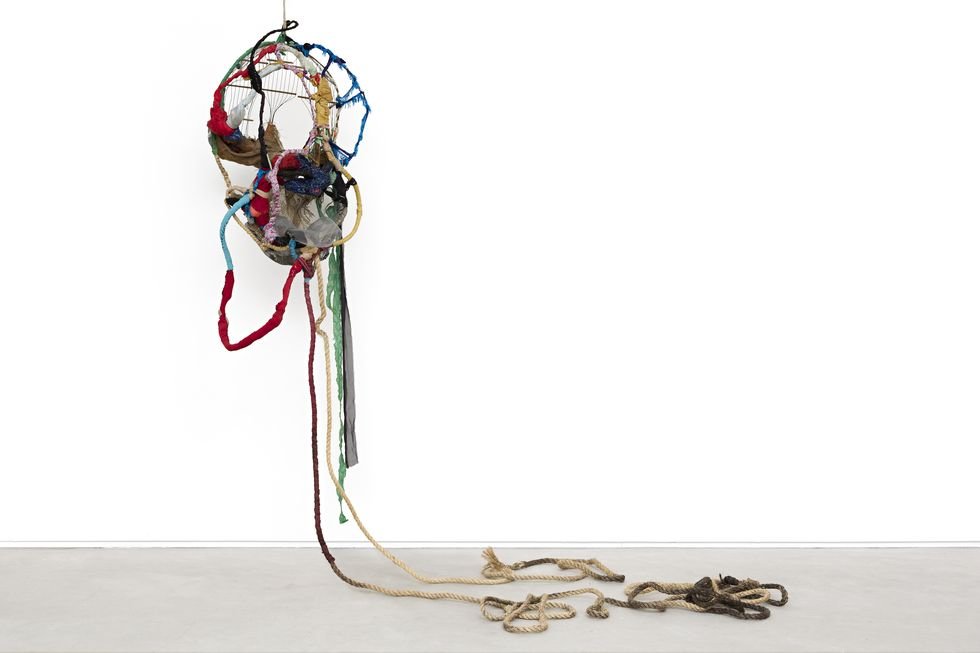How Black Art Came to Stay at Art Basel
Original article by Sagel Muhammad for Harper’s Bazaar
This year’s Miami Beach fair highlighted the Black artists taking up space on the global art scene—both traditionally and commercially
The global art crowd gathered this month in south Florida for Art Basel Miami Beach 2023—the annual fair as famous for its range of international exhibitors and debut talent as it is for pulling together a guest list to rival the Oscars. Featuring countless parties, dinners, concerts, and pop-ups hosted by fashion brands, tech and hospitality giants, and top chefs, the American edition of Basel and the accompanying Miami Art Week have constituted the city’s signature celebration for over two decades. For celebrities and influencers, the scene is a VIP playground where they can mingle with fellow stars and secure brand deals. But for artists, particularly artists of color, fairs like Art Basel are a crucial opportunity for their work to be seen
Sonia Gomes,Um Lugar, Um Corpo
Black artists, in the United States and internationally, have historically struggled to break into the art world, an industry that since its inception has been largely sustained by the wealthy, influential, and white. From 2008 through 2020—the year many art institutions and galleries pledged to increase the inclusivity of their collections, after that summer’s Black Lives Matter protests—only 2.2 percent of acquisitions and 6.3 percent of exhibitions at 31 U.S. museums were works produced by Black Americans, a 2022 report by Artnet found. Meanwhile, on the market, a majority of the Black art sold is by a few big names, like Jean-Michel Basquiat.
Read full article on Harper’s Bazaar


